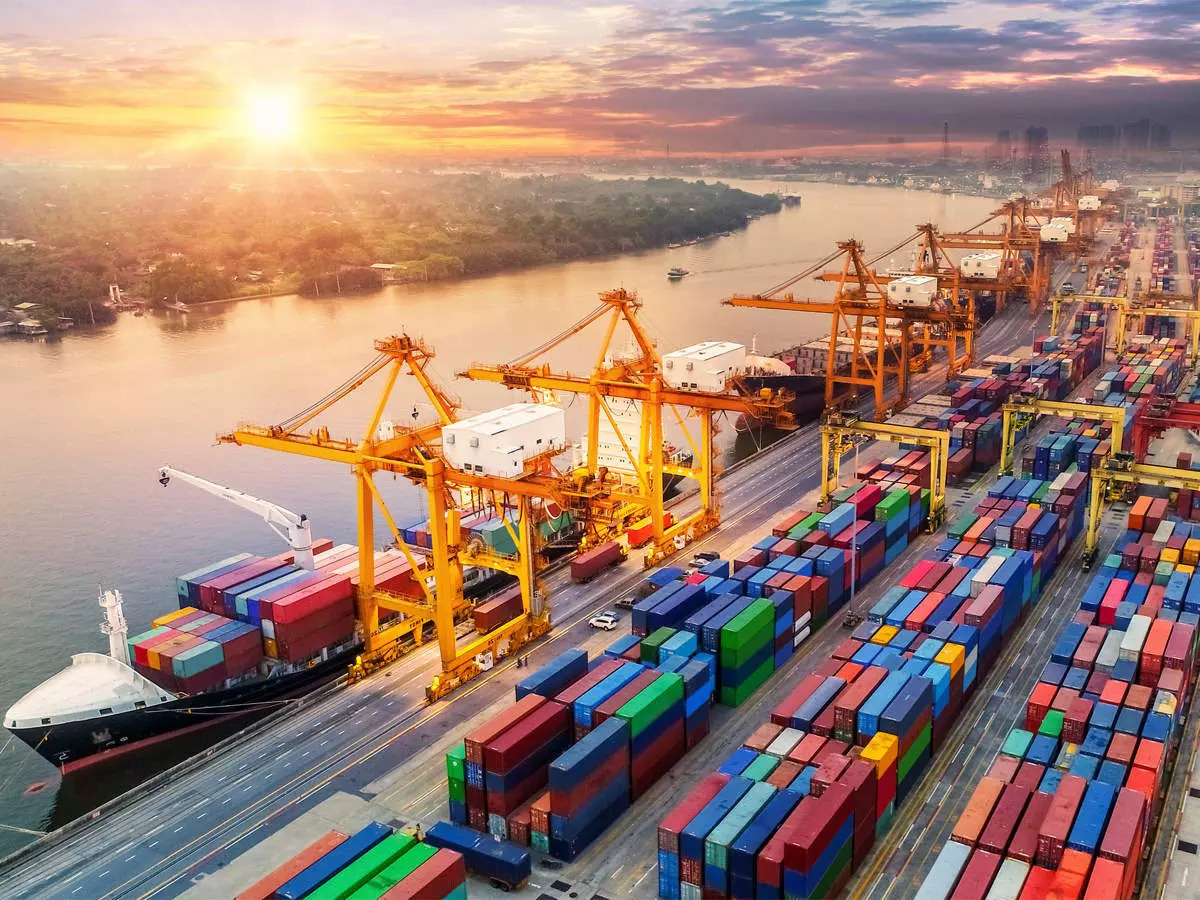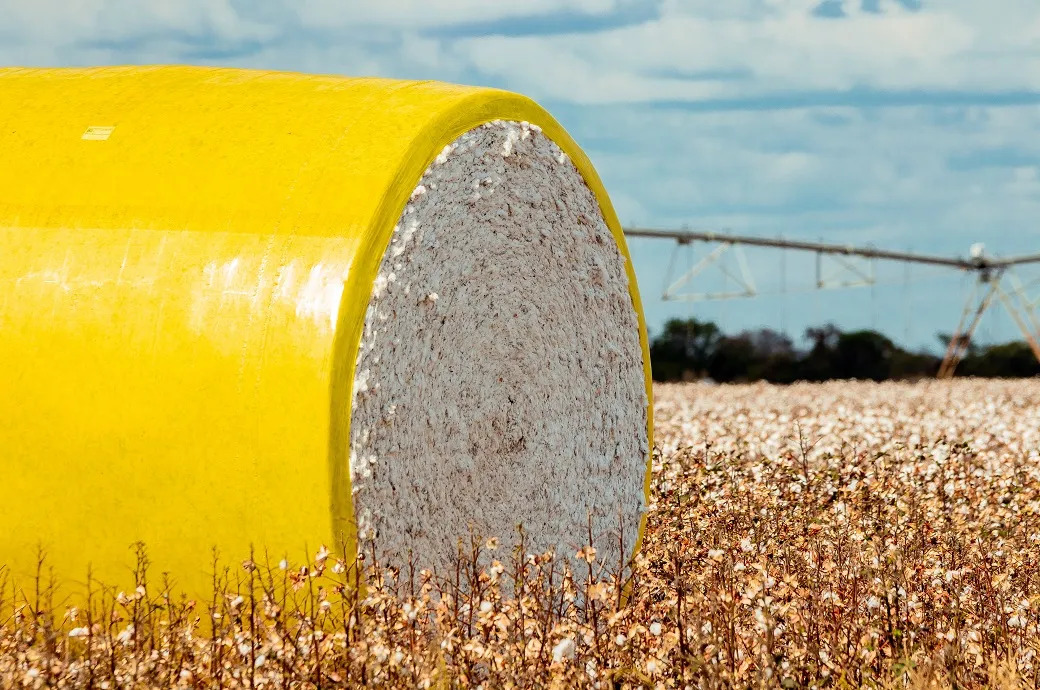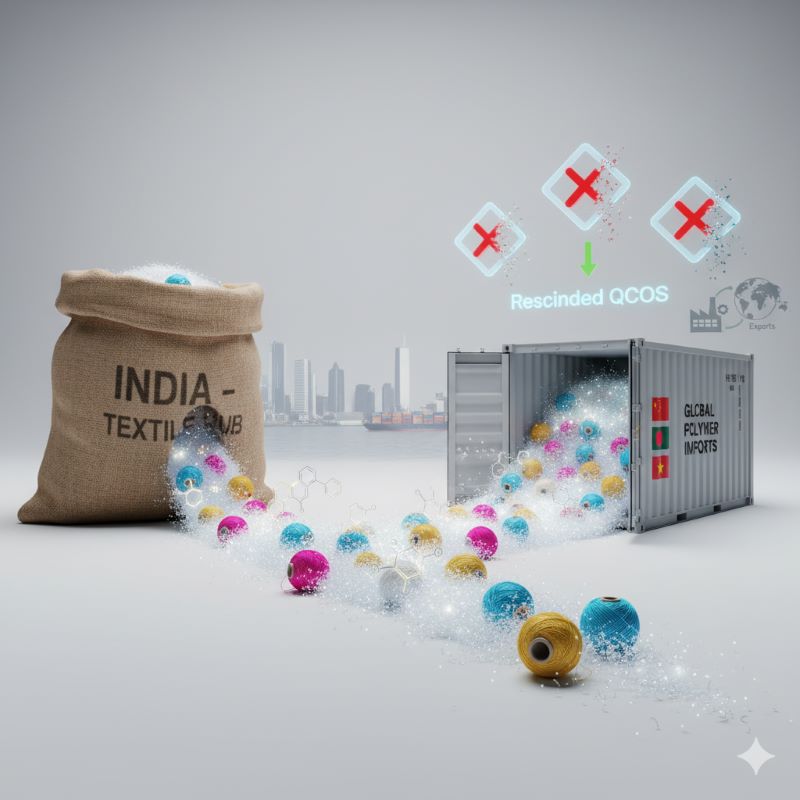Pakistan is the fourth largest producer and the third largest consumer of cotton. But the country is still a supplier of raw material instead of value added products. The textile sector contributes 60 per cent to overall exports of the country. It contributes nearly one-fourth of industrial value-added, provides employment to about 40 per cent of the industrial labor force, and consumes more than 40 per cent of banking credit to the manufacturing sector and accounts for eight per cent of GDP.
Nearly 35 per cent of textile units in the country have already shut down for various reasons, including higher cost of doing business, becoming uncompetitive in international markets etc. At least 140 textile mills have shut down during the past four years. While machinery in the spinning sector is being sold in scrap. What has added to Pakistan’s fears is that China is building a cotton textile production base in Xinjiang. By 2023, this region will be China’s largest garment export processing base.
This huge investment in a textile park in the bordering region of China is posing a serious threat to Pakistani textile industry. In addition to funding textile industrial parks and clothing factories, Xinjiang will subsidise local cotton and electricity in qualified industrial parks.
Chinese textile park near Pakistan border alarms the latter
- 1
- 2
- 3
- 4
- 5
- 6
- 7
- 8
- 9
- 10
India's Textile Sector Sews Up Global Trade Alliances in Singapore: Focus on FTA…
The future of India’s textile and textile machinery sector is poised for exponential growth, driven by strategic international collaborations, notably... Read more
QCO rollback and export boost, the two-step formula powering India’s textile com…
November 12, 2025, could go down as a watershed date in India’s textile history. In a single day, the government... Read more
Cotton's Comeback: Brazil's blueprint for a natural fiber renaissance
The global textile industry operates on an assumption: natural fibers are nearing their ceiling of growth, with future demand almost... Read more
India's $2.92 bn export surge drives focus on performance, policy at Techtextil …
In line with its momentum to establish itself as a global textile manufacturing powerhouse, India is accelerating its focus on... Read more
Fashion’s new equation, profits meet planetary limits at Lisbon’s Textile Exchan…
The Textile Exchange Conference 2025, held under the theme ‘Shifting Landscapes’, marked more than another industry meet-up; it was a... Read more
India Scraps QCOs on Polyester, Polyester Fibre: A level playing field or domest…
In a major policy reversal, the Ministry of Chemicals and Fertilizers, through a notification in the Gazette of India dated... Read more
Is secondhand fashion the new fast fashion?
The fashion industry has long touted secondhand shopping as a silver bullet for sustainability, a movement that redefines style through... Read more
Source Fashion 2026: Championing collaboration to drive sustainable supply chain…
Europe’s premier fashion sourcing show, Source Fashion, is set to double down on the power of collaboration for its upcoming... Read more
Bharat Tex 2026: A premier event for the global textiles and apparel industry
A key consortium of leading Export Promotion Councils (EPCs) and industry associations, the Bharat Tex Trade Federation (BTTF) is set... Read more
Global Sourcing Expo: Offering an unparalleled access to international manufactu…
The highly anticipated Global Sourcing Expo is set to return to the Melbourne Convention and Exhibition Center from November 18,... Read more












